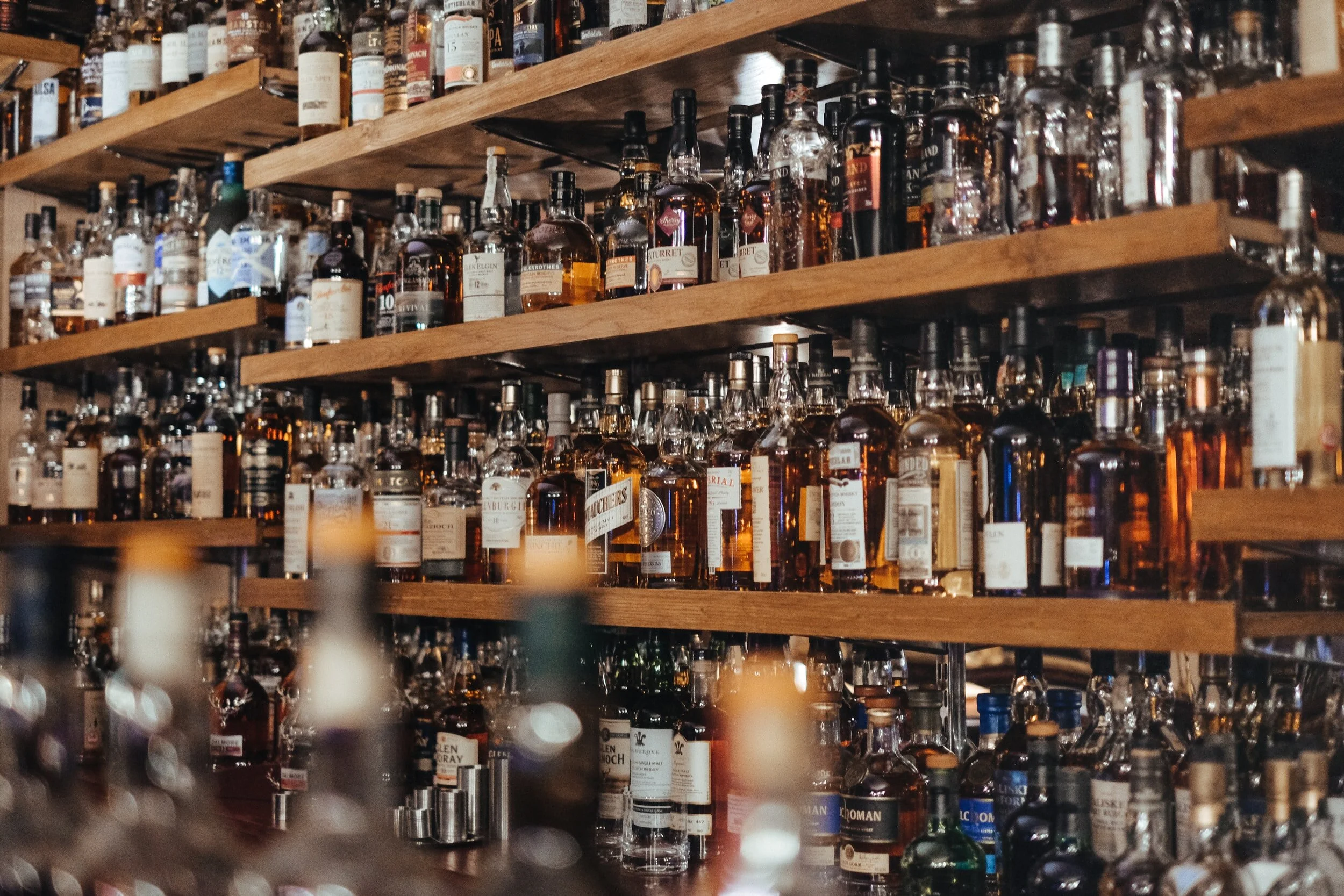How Cities Can Reduce Violent Crime by Regulating Alcohol Sales
How Cities Can Reduce Violent Crime by Regulating Alcohol Sales
By David Jernigan, Route Fifty, June 7, 2021
Word count: 781
Recent news stories have highlighted a dramatic increase in violent crime, specifically homicides, in cities across the nation during the pandemic. Reports suggest that possible causes for this rise include fewer face-to-face interactions and increased mental health stressors.
But what many seem to be missing is another factor whose role in violent crime has been extensively documented in public health research: excessive alcohol use.
The U.S. Centers for Disease Control and Prevention estimates that, in non-pandemic times, 47% of homicides are attributable to alcohol use. It is long-established in public health research that more alcohol is associated with a greater likelihood of violence—adding alcohol to any situation with the potential for violence is like adding gasoline to a lit fire.
This applies on the community level as well. Multiple studies have found that more places to buy alcohol in a neighborhood are connected with higher violent crime rates. Conversely, reducing the hours of sale and density of places to purchase alcohol is associated with less violence.
How have alcohol sales and consumption been affected by the pandemic? In March 2020, state after state termed alcohol sales “essential.” While they required bars and restaurants to close, they left open liquor stores and online delivery services. Many states also expanded access to alcohol through home delivery and carryout cocktails.
The alcohol outlets that remained open have reported large increases in sales. Because alcohol tax rates rarely increase, trends in federal alcohol tax revenues are a good proxy for sales. The federal government recently reported those revenues for 2020. Despite the widespread closures of bars and restaurants, tax receipts from distilled spirits—the strongest form of alcohol—rose by 3.8% last year compared to 2019.
Numerous surveys have documented that people, particularly women and young adults, are drinking more frequently since the onset of the pandemic. A range of Covid-related stressors are contributing to this rise, including financial uncertainty and the lack of child care.
Even more concerning is that those who are drinking more are doing so in unsupervised settings. In a bar or restaurant, there is at least some degree of observation of drinking and the potential for intervention to defuse violent situations. The lack of trained supervision when people drink in other settings likely contributes to the fact that alcohol purchased for off-site consumption, like alcohol purchased at a liquor store, is twice as likely to be associated with violence.
Steps for Reducing Alcohol-induced Crimes
Multiple studies have found that more places to buy alcohol in a neighborhood are connected to higher violent crime rates. However, there are straightforward steps that cities and local leaders can take to prevent and reduce alcohol-fueled violence. CityHealth, an initiative of the de Beaumont Foundation and Kaiser Permanente, analyzes policies that cities have in place that can increase the likelihood that alcohol is sold and consumed in a safe manner.
These policies lie in three domains.
1. Cities can use their nuisance powers to shut down or mandate changes in the practices of poorly run alcohol outlets. Omaha’s city ordinances include specific nuisance-abatement performance standards for alcohol outlets, addressing community concerns such as disturbance of the peace, illegal drug activity, public drinking or urination, harassment of passersby, assaults and so on.
2. Cties can use their land use powers to influence where and when alcohol is sold within their borders. Oakland, California, was the pioneering city to do this; its city ordinances give it both the power to grant or deny land use permits for new alcohol outlets and the ability to lay out criteria that all outlets must meet in an annual city inspection.
3. In cities that share some degree of authority with states over the licensing of alcohol outlets, they can use the power of license restrictions or conditions to change where, when and how alcohol is sold. Atlanta used its joint licensing authority to reduce the number of alcohol outlets in its Buckhead neighborhood in the early 2000s. This experiment worked: A multi-year evaluation by CDC found that violent crime subsequently dropped significantly in Buckhead compared to similar neighborhoods.
More recently, in the early days of the pandemic, Chicago Mayor Lori Lightfoot used her city’s powers over liquor stores to order them closed by 9 p.m. to keep people from loitering, limiting opportunities for coronavirus transmission. Chicago shares the ability to license and regulate alcohol outlets with the state of Illinois.
Not all cities have as much local authority over alcohol outlets as Atlanta and Chicago, but many have more than they think. Greater use of city licensing, zoning and nuisance powers to reduce and control alcohol outlets is and should be a key element of comprehensive urban violence prevention.






